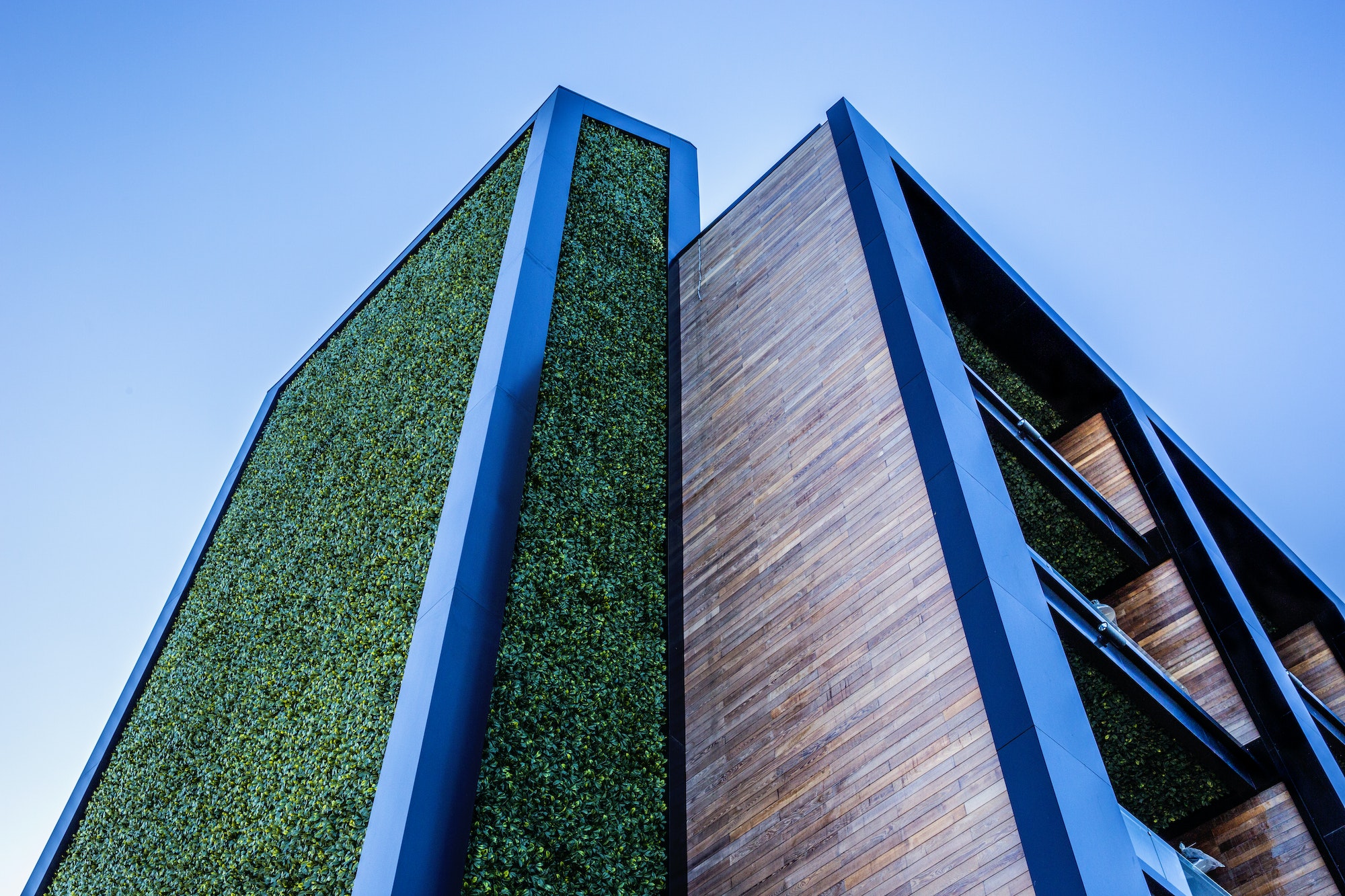Are you looking for a complete lifestyle change? Moving to a farm could be the perfect solution. Living on a farm offers an unparalleled opportunity to escape the hustle and bustle of city life, while also providing you with self-sustaining living, fresh air, and plenty of outdoor activities. Whether you want to become a farmer or just enjoy the quiet life in the countryside, there are many benefits to making your home on farmland. Here are some tips for making your move successful and enjoyable.
A Black Barndominium Building
Black barndominium buildings are becoming increasingly popular amongst people who want to create a unique and sustainable living environment. These structures combine the classic look of a barn with modern amenities, making them the perfect choice for those looking to embrace farm life while still enjoying all the comforts of home. With a black steel barndominium, you can customize the structure any way you like, from insulation to flooring and beyond. It’s a great way to create the rural home of your dreams.
Choosing Land
When it comes to choosing land for your farm, there are several factors to consider. Location is key – you want to be close enough to town or city amenities without being too close. Look for land that has good soil quality, ample water access, and plenty of sunlight. If you have animals in mind, you’ll need to consider fencing requirements and housing needs.
You may also want to investigate whether the land is subject to any zoning regulations. Zoning laws can restrict what types of activities are allowed on your farm, so it’s important to understand what restrictions may apply before making any commitments.
Decide What You’ll Grow
One of the best parts of moving to a farm is deciding what you’ll grow. Will you create an orchard? Plant vegetables? Raise animals? Consider your needs and interests, as well as factors like climate and soil conditions when making your decision. Many farmers also take advantage of emerging technologies like hydroponics, aquaponics, and aeroponics. Once you’ve determined what to grow, consider how you’ll manage your crops. This will involve creating a watering schedule, identifying pests and diseases that may impact your crop yield, and utilizing best practices for soil health. Additionally, examine the market potential of each crop before investing in the resources necessary to grow it.
Water Features
If you are looking to move to a farm, it is important to take into account the presence of water features such as streams, rivers, and ponds. Having access to clean and ample water can be beneficial for both farmers and their animals, offering sustenance and refuge for all living things on the property. When considering whether or not to move to a farm, you should research the presence of water features on and around the property. If there is access to a stream or river, then you can use it for irrigation as well as watering livestock. When irrigating crops, it is important to be mindful of any regulations regarding water usage from natural sources in your area.
Extra Buildings
If you want to make the most of your farm, consider investing in additional buildings for storage and housing. A barn or shed can serve as an ideal space for storing food and providing shelter for animals. You may also choose to add a greenhouse or hoop house, which allows you to grow crops year-round despite inclement weather conditions in the winter. Additionally, you may want to build a guest house or cabin on the property for family and friends who come to visit. It’s important to check with your local municipality or county zoning laws when building additional structures, as there may be restrictions on the types of buildings you can construct in certain areas.
Farming Equipment
Finally, you’ll need to consider the types of farming equipment that you’ll need. Some farmers opt for more traditional implements – plows, shovels, and hoes. Others prefer more modern tools like tractors or all-terrain vehicles. Additionally, some may choose to invest in specialized equipment such as a hay baler or rototiller. Whatever you decide, make sure to research the best options for your purposes and budget before making any purchases.

Moving to a farm is an exciting opportunity, but it requires planning and preparation. When done correctly, however, a farm can become your own little corner of paradise – home to animals, crops, and plenty of beautiful memories. By doing your due diligence beforehand and investing in the right resources, you can ensure that your move to a farm is smooth and successful. Good luck!
Discover more from Futurist Architecture
Subscribe to get the latest posts sent to your email.



